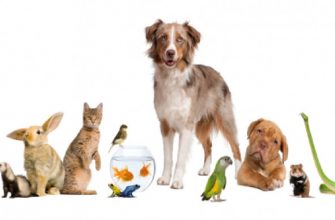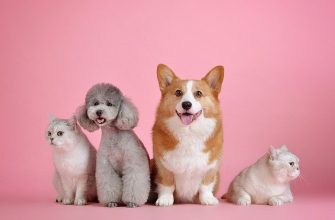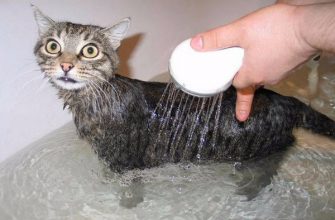
Proper nutrition is vital not only for people but for pets as well.
In their natural habitat, dogs, cats and other small animals are able to find all the nutrients which are required for their well-being on their own.
There are situations where animals starve or die without enough water. But in general in wild nature they get everything they need to survive without outside help.
Most pets don’t have the luxury of finding all the nutrients their bodies need by themselves.
They are trained from the stages of being puppies or kittens that their food is provided by humans.
Some pets may retain their instincts to hunt, chase and kill small game, but this only happens if they are allowed to walk and feed freely in the open air.
Your pet trusts you completely in choosing food, diet, vitamins and balance of nutrition for him.
You need to be able read and to evaluate the types of foods and diets on pet food labels correctly.
There are three main types of pet food: dry food, canned food and semi-wet food. Other options are to prepare homemade food from products you buy in a store or to purchase an expensive brand of organic pet food.
The store’s pet food is either made with real, natural and wholesome ingredients or filled with animal by-products such as offal from chicken or fish, meat waste and scraps which are unhealthy for your pet.
Processed food is NOT based on natural ingredients and contains more nutrients than your pet needs and could harm him.
Dry food is the most calorific. Its water content is usually around 3% to 11%. Also this type of food is the most economical, because depending on the breed, the dog needs from 50 to 150 grams per day. (Usually in the Super Premium class pet foods lines the figures are lower). Dry food is easier to store.
Canned food is usually in metal cans, but available in soft plastic containers too. The water content is around 60% to 78%. The nutrients in canned foods are mainly protein, fat and water. Typically, this kind of food has the simplest formula and textures of a watery sauce or pate. The downside is that most canned foods have lower calorie contents and not enough fiber for your pet’s diet.
Semi-wet food contains around 25% to 35% water. As a rule, it goes packed in pouches. Semi-wet food is made according to a more suitable formula and has the necessary nutrients for your pet. This food is loved by older (senior) pets with teeth and chewing problems.
You can delight your four-legged friend with homemade food. Cook steak, chicken or fish along with vegetables or fruit to share it with your pet. You should avoid adding a side dish or sauce to the food. Pass the food through a meat grinder or combine it in your blender to serve up.
When buying pet food, choose one that offers natural meat and vegetables, with the proper content of fat, fiber, protein, water and other nutrients. This way you will be sure that the food for your pet has no added artificial flavors, preservatives or colors.







